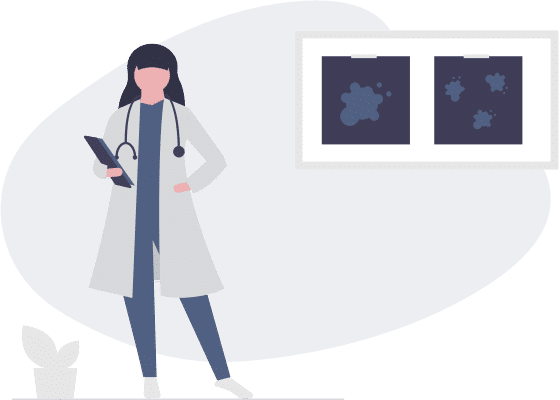
THE INDICATIONS

THE SCIENCE

THE TREATMENT
This is a helpful procedure for the removal of tattoos and hair, vascular lesions such as varicose veins and birthmarks, fungal infections of the nail, and the smoothing of wrinkles.
You will usually receive topical anesthesia that numbs the area that is being worked on. This is more common for longer sessions, and may not be necessary for quick procedures.
Some patients liken the laser to getting briefly snapped on the skin with an elastic band. Others report feeling small pin pricks or a slight tingling sensation. If this sounds uncomfortable, don’t worry. We apply a cooling substance to the skin to minimize these side effects.
You are encouraged to wear a bandage on the area for a few days after the procedure. Avoid scrubbing or itching the surface or using any abrasive cleansers. To avoid skin discoloration or irritation, stay out of direct sun and wear protective clothing when you need to go outside.
